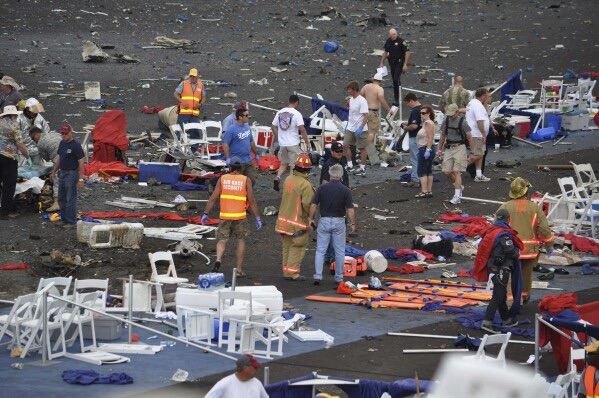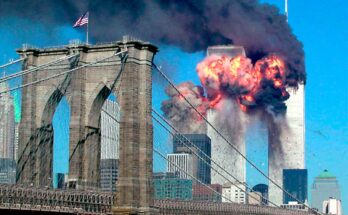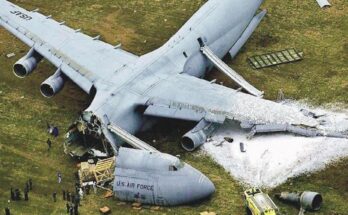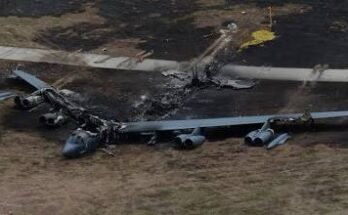The Reno Air Races Crash on September 16, 2011: A Devastating Day in Aviation History
On September 16, 2011, a tragic accident occurred during the National Championship Air Races in Reno, Nevada, when a highly modified P-51 Mustang crashed into the spectator area, resulting in multiple fatalities and injuries. The devastating event shocked the aviation community and led to significant safety reforms in air racing.
The Reno Air Races: A High-Speed Tradition
The Reno Air Races, officially known as the National Championship Air Races, have been a celebrated aviation event since 1964. Pilots from around the world participate in high-speed, low-altitude races, showcasing precision flying and the power of modified aircraft. The event, held at Reno-Stead Airport, attracts thousands of spectators every year.
Air racing is an extreme sport, with planes flying at speeds exceeding 500 mph, sometimes just 50 feet above the ground. While thrilling, this high-speed environment leaves little room for error, making safety a constant concern.

The Aircraft and the Pilot
The aircraft involved in the crash was a highly modified North American P-51D Mustang named “The Galloping Ghost.” Originally built as a World War II fighter, the plane had been extensively altered for racing, with modifications to improve speed and aerodynamics.
The pilot, 74-year-old Jimmy Leeward, was an experienced air racer and stunt pilot with decades of flying experience. Leeward was well-respected in the aviation community and had competed in numerous air races before the tragic crash.
The Fatal Crash
During the Unlimited Class race, Leeward’s P-51 Mustang was flying at speeds of around 530 mph when it suddenly pitched upward, lost control, and crashed into a seating area filled with spectators. The impact was catastrophic, instantly killing Leeward and several spectators while injuring dozens more.
Eyewitnesses described a horrifying scene as debris scattered across the tarmac, and emergency responders rushed to aid the injured. In total, 11 people, including Leeward, lost their lives, and over 60 others suffered injuries ranging from minor to severe.
Investigating the Cause of the Crash
The National Transportation Safety Board (NTSB) launched an extensive investigation into the crash. The key findings included:
1. Structural Failure: Investigators discovered that a crucial component, the trim tab on the elevator, had failed mid-flight. The loss of this part caused an abrupt pitch-up, subjecting Leeward to extreme G-forces.
2. Pilot Incapacitation: The rapid G-force increase likely caused Leeward to lose consciousness, leaving him unable to regain control of the aircraft before impact.
3. Extreme Aircraft Modifications: “The Galloping Ghost” had undergone significant modifications, including reducing its wingspan and altering aerodynamic components. These changes made the aircraft faster but also less stable and more susceptible to structural stress.
4. Lack of Proper Inspections: The investigation revealed that some safety checks may have been inadequate, failing to detect the potential for mechanical failure.
Impact and Safety Reforms
The Reno Air Races crash prompted significant changes in air racing regulations. Authorities implemented stricter safety guidelines, including:
• Enhanced Aircraft Inspections: Race planes now undergo more rigorous inspections to detect mechanical issues before competition.
• Stricter Pilot Health Requirements: Pilots must meet higher medical and fitness standards to handle the intense G-forces of air racing.
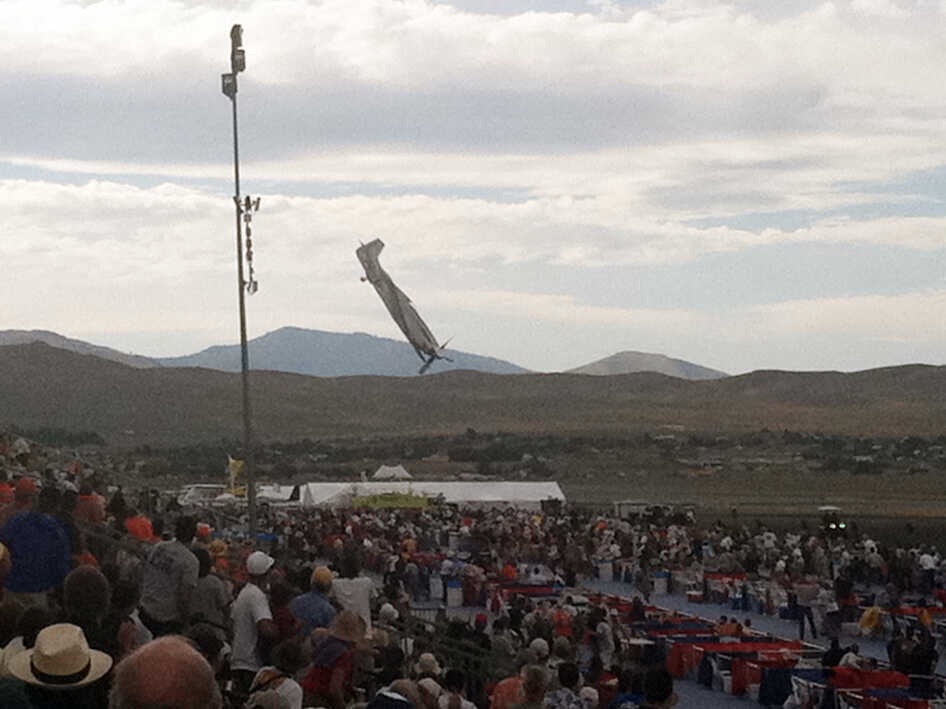
• Improved Spectator Safety Measures: Organizers redesigned spectator areas to create greater distances between the racecourse and the audience, reducing the risk of future tragedies.
• Flight Data Monitoring: Air race planes are now required to use advanced tracking systems to monitor aircraft performance in real time.
The Legacy of the Crash
The 2011 Reno Air Races crash was one of the deadliest air racing accidents in history. While it deeply affected the aviation community, it also led to significant safety improvements that have helped prevent similar tragedies.
Despite the risks, air racing continues to be a popular sport, attracting pilots and fans who appreciate the skill, engineering, and adrenaline of high-speed flight. The legacy of those lost in the crash serves as a reminder of the importance of safety and innovation in aviation.
Conclusion
The Reno Air Races crash of September 16, 2011, was a devastating event that highlighted both the excitement and the dangers of high-speed air racing. The loss of lives, including that of veteran pilot Jimmy Leeward, led to sweeping safety reforms that have since made the sport safer.
While the memories of that tragic day remain, the lessons learned have ensured that future air races are conducted with greater precautions, honoring those who lost their lives while making the skies safer for all.
